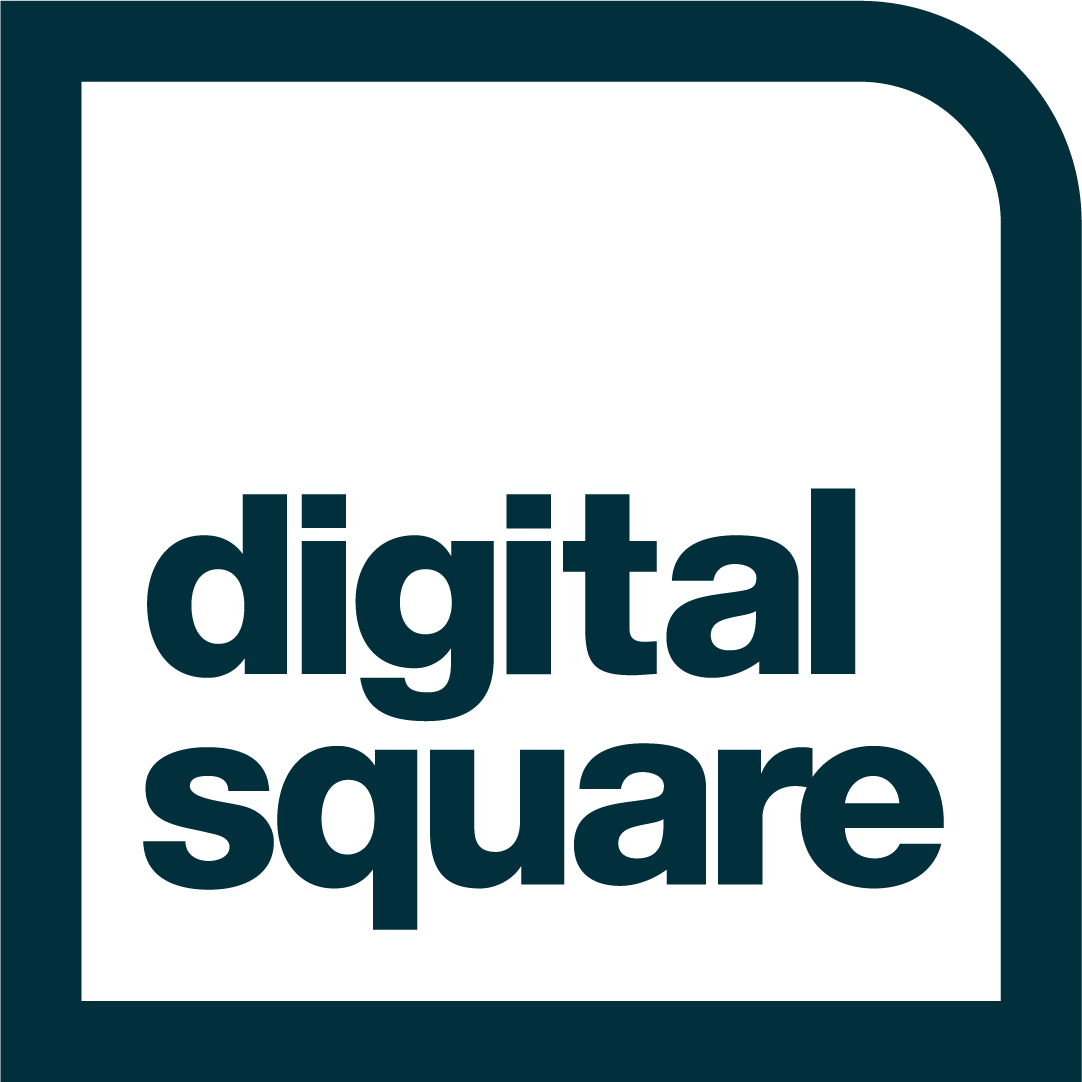Digital Square defines product suites as a configuration of open-source technologies and tools that are aligned to meet a functional health domain (such as telemedicine services, primary care, immunization, antenatal care, neonatal care, etc.) and support standards-based data exchange. A product suite packages digital tools together and exchanges data through appropriate data exchange patterns to achieve a desired set of functionality and outcomes. Product suites may leverage international guidance documents, such as the WHO Digital Adaptation Kits (DAKs) [part of the SMART Guidelines initiative], to frame the expected system-wide workflows, features and functional areas.
Product suites must:
Be comprised of Digital Square approved global goods and/or technologies that meet the definition of a global good. All software components must registered as a Digital Public Good or and meet the DPG standard. All software components must be available under an OSI approved open-source license or use this opportunity to become open source.
Meet well-defined and documented functional and non-functional requirements to ensure all major functional areas are catered for and core non-functional needs are considered.
Support appropriate standards-based data exchange to achieve a fully interoperable solution. Data exchange should be enabled through adherence to globally recognized standards, and with the Open Health Information Exchange (OpenHIE) specified workflows where relevant. Health Level Seven (HL7) Fast Healthcare Interoperability Resources (FHIR) is the preferred open standard and work on product suites should reference and contribute to the development of the WHO L3 work where appropriate. For supply chain systems, the use of the GS1 standards are preferred.
Be aligned with the WHO’s SMART Guidelines (Standards-based, Machine-readable, Adaptive, Requirements-based, and Testable). Ideally, the ultimate vision is that product suites should utilize Level Two (L2) (operational) and Level Three (L3) (machine readable) components to produce Level Four (L4) (executable) reference software.
Include comprehensive up to date user and technical documentation that is available under an appropriate Creative Commons license.
Provide documented evidence of the quality assurance framework used and results of testing.
